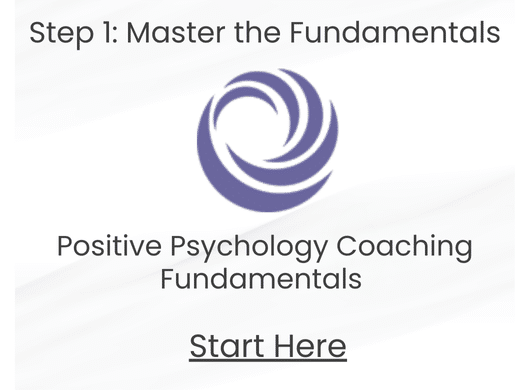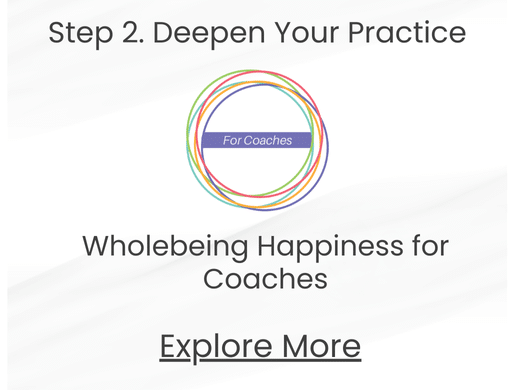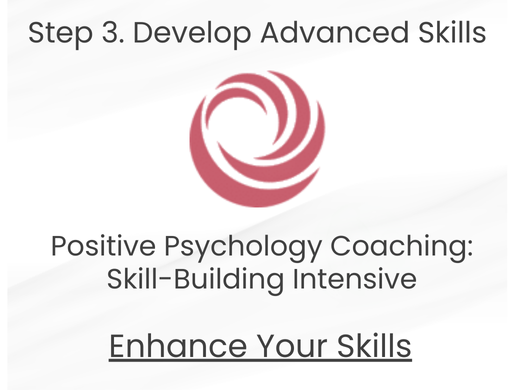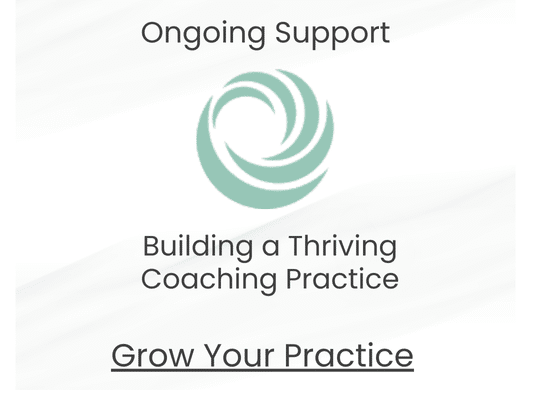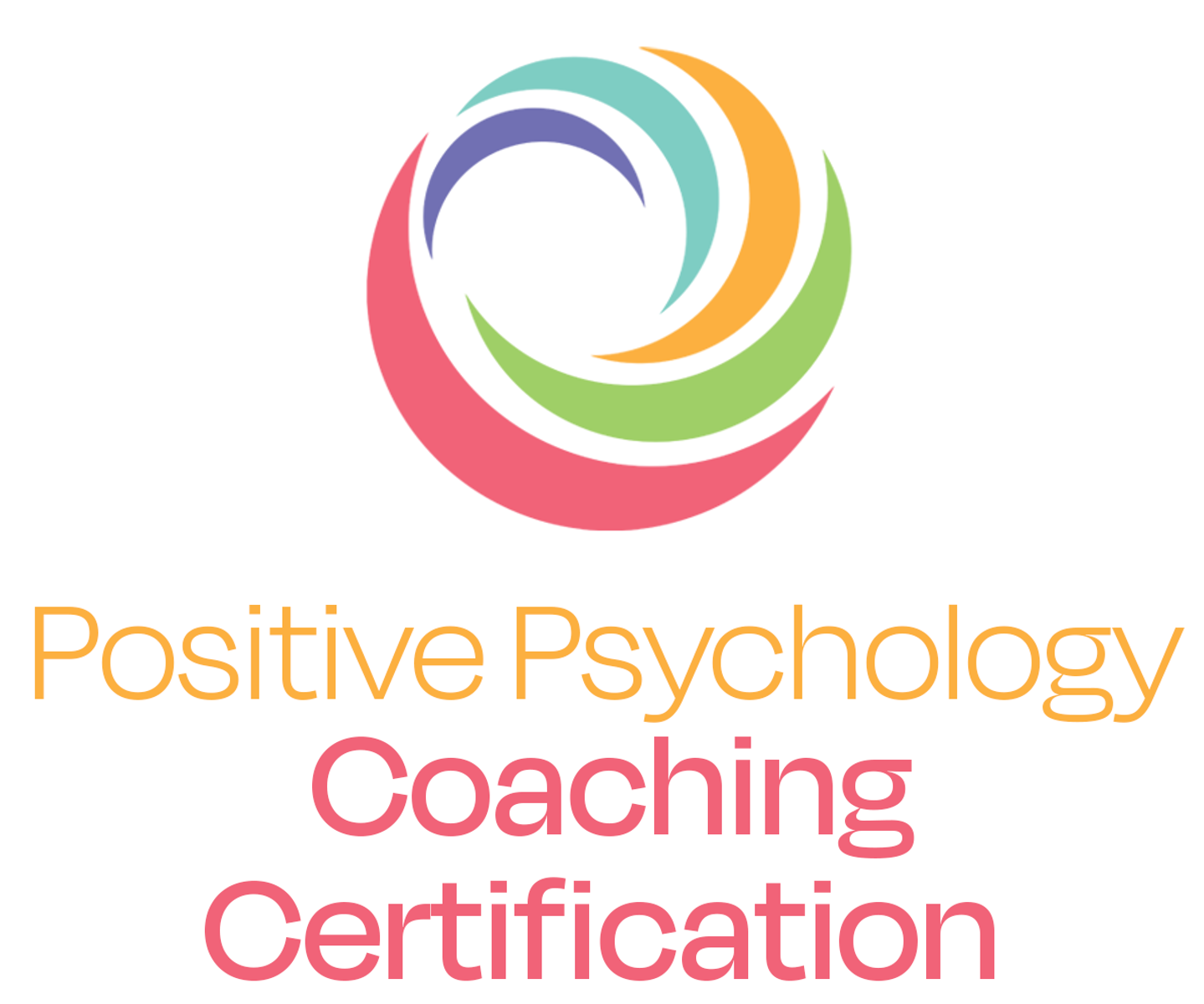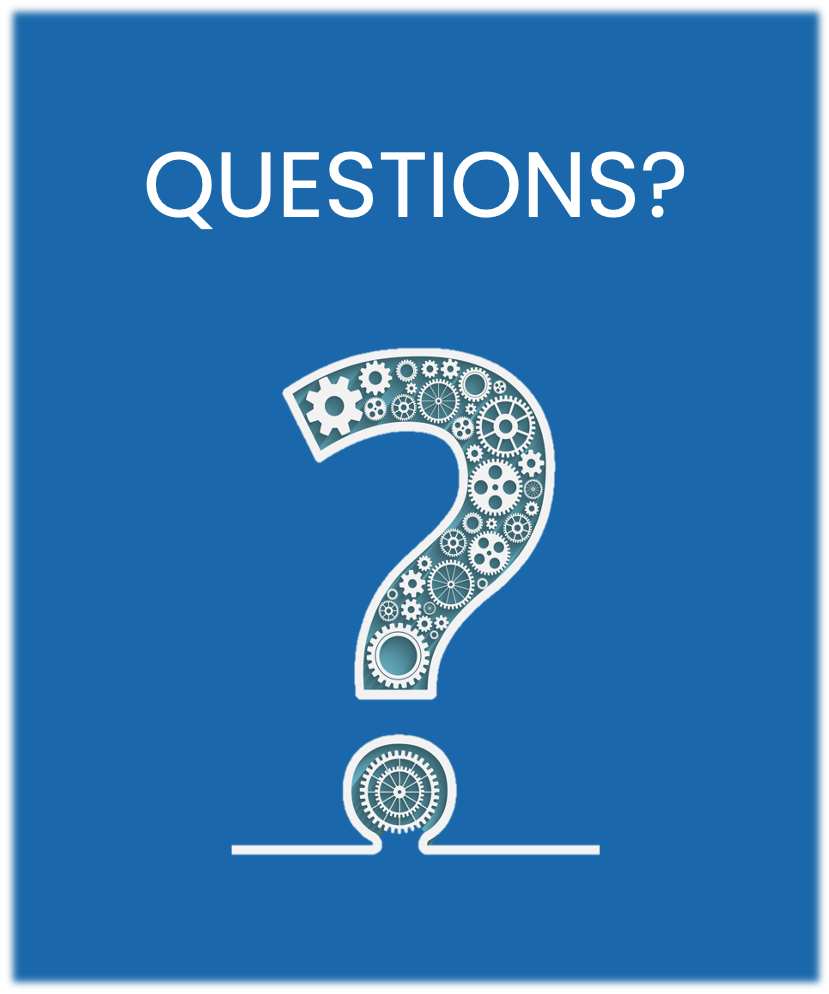by Elaine O’Brien
Movement practices are vital to our wholebeing. Our body, carriage (how we hold our body), and how we move are integral to how we think, feel, and act at every age and stage of our lives.
Having a keen kinetic understanding helps us to overcome obstacles to self-knowledge, and encourages us to see ourselves more clearly. An increased awareness of our body in space (proprioception)—created with just a minor tweak in alignment, can completely change how we look and feel. Amy Cuddy spoke of this phenomenon in her TED Talk on “power posing.” The integrity of our postural form and movement contribute significantly to our physical and mental health.
My recent research investigated active, older, youthful women who had been participating in a community movement program, FitDance, twice weekly for between five and 19 years. The threefold purposes of the study were:
- 1. To present active, vibrant, functionally fit female participants, ages 71 to 81, as positive role models of motivation, self-determination, and program adherence
- 2. To look at the FitDance model and mechanisms for uplifting mental and physical wellness
- 3. To examine how a sustainable, positive community was built through a social fitness model.
This aerobic dance/exercise program incorporated cardiovascular, strength, flexibility, balance, agility, coordination, and the “fun factor” into a one-hour dance/exercise program. The class was rooted in appreciative practices, positive psychology, sports medicine, ballroom dance, and performance training, and the goals of the program were to promote vibrant aging, social connections, and well-being. Participants unanimously reported that the FitDance community was a place where they felt welcomed, positively engaged, challenged, sincerely praised, and connected to fellow participants and the community. The study was triangulated; in surveys, adult children of the participants substantiated the mothers’ vibrancy, commitment to training, sense of social support, and program satisfaction.
One graceful student, who had been attending for 16 years, said, “Motion is lotion. Our bodies are meant to move.” She has been living with type-1 diabetes for 52 years, and stays physically active to support her health; in addition to attending FitDance classes, she cycles, distance walks, practices tai chi, and “power gardens,” beautifying her town and surroundings.
Another participant, who had been attending the program for 19 years, since retiring in 1997, stated: “This class is not only an exercise of the body but also of the mind. You feel ALIVE. And, the closeness of the classmates is phenomenal. We are a team effort for staying vital, stimulated, friendly, and helpful.”
From another participant: “We receive a great workout, one that all attending can do … We all feel good about ourselves, that we are still cool and ‘with it’ girls. When you are older, it seems you forget so much about yourself; so many years taking care of others.”
FitDance framed older adulthood as a time of potential, wisdom, and growth, beyond frailty and infirmity. The self-determined participants and their children reported that FitDance was a positive influence on their lives, families, and communities.
Based on the research and the SPIRE model, here are five thoughts to inSPIRE positive emotion in motion:
- 1. Spiritual: Move with intention and appreciation. Consider the miracle of your being, where your body begins and ends in space. Consider moving more, and well, as a gift of love to yourself, and others. Volunteer. All the research participants donated time during the week: teaching Latin or tai chi, delivering Holy Communion, driving people to doctor’s appointments, cuddling low-birthweight babies at the hospital. Move in nature.
- 2. Physical: Build your somatic understanding and power. Realize the relationship of the somatopsychic (how the body affects the mind) as well as the psychosomatic (how the mind and our beliefs affect the body). Listen to your body, and practice good form and safety techniques. Build progression in practicing new movement, and consider intensity, duration, and frequency, so you end your exercise feeling successful, and good. Enjoy a variety of movement and activities.
- 3. Intellectual: Aerobic exercise boosts learning. Burgeoning research continues to reveal the power of cardiovascular exercise, and how it increases neurogenesis, strengthening our brain. An early foundation of neural health will help protect us from cognitive decline in later years. Revel in growing your kinesthetic intelligence.
- 4. Relational: Training together in a supportive group, or with a reliable partner, is a great way to increase your motivation, exercise adherence, and build friendships. Social support in training often leads to deeper personal relationships, as movement has a tendency to help us unlock emotions. We can get in touch on a richer level, sharing triumphs and sorrows. I power-walked/ran the Dublin (Ireland) Marathon one year with a local community team, “Joints in Motion,” to support the Arthritis Foundation. This adventure led me to meet wonderful people, get into great shape, and support an important cause during a rough patch in my life.
- 5. Emotional: Listen to music you enjoy, exploring different rhythms. Find music that helps you move. Practice self-care; build a better understanding of yourself and others. Manage your energy and get to know your circadian rhythms. Put down the electronics and look at people you love, making eye contact. Move, dance, laugh, and play together.
Elaine O’Brien, PhD, MAPP, CAPP, is a forerunner in the fields of applied positive psychology, Whole Fitness, and positive aging. An internationally acclaimed speaker and author, Elaine has presented at the 2016 American Psychological Association Conference, in Denver, Colorado; the first China Positive Psychology Conference in Beijing; and the Canada and European Positive Psychology Conferences. Elaine is creative director and CEO of Lifestyle Medicine Coaching and Training, LLC, a consultancy, and FitDance: Move2Love training and presentations for whole health and optimal performance. Her doctorate in Kinesiology: Psychology of Human Movement and her Masters of Applied Positive Psychology, from the University of Pennsylvania, align with her background, early vision, and dedication to promoting positive public health, well-being, and social justice for the greater good.


 Elaine O’Brien, PhD, MAPP, CAPP, is a forerunner in the fields of applied positive psychology, Whole Fitness, and positive aging. An internationally acclaimed speaker and author, Elaine has presented at the 2016 American Psychological Association Conference, in Denver, Colorado; the first China Positive Psychology Conference in Beijing; and the Canada and European Positive Psychology Conferences. Elaine is creative director and CEO of Lifestyle Medicine Coaching and Training, LLC, a consultancy, and FitDance: Move2Love training and presentations for whole health and optimal performance. Her doctorate in Kinesiology: Psychology of Human Movement and her Masters of Applied Positive Psychology, from the University of Pennsylvania, align with her background, early vision, and dedication to promoting positive public health, well-being, and social justice for the greater good.
Elaine O’Brien, PhD, MAPP, CAPP, is a forerunner in the fields of applied positive psychology, Whole Fitness, and positive aging. An internationally acclaimed speaker and author, Elaine has presented at the 2016 American Psychological Association Conference, in Denver, Colorado; the first China Positive Psychology Conference in Beijing; and the Canada and European Positive Psychology Conferences. Elaine is creative director and CEO of Lifestyle Medicine Coaching and Training, LLC, a consultancy, and FitDance: Move2Love training and presentations for whole health and optimal performance. Her doctorate in Kinesiology: Psychology of Human Movement and her Masters of Applied Positive Psychology, from the University of Pennsylvania, align with her background, early vision, and dedication to promoting positive public health, well-being, and social justice for the greater good. 